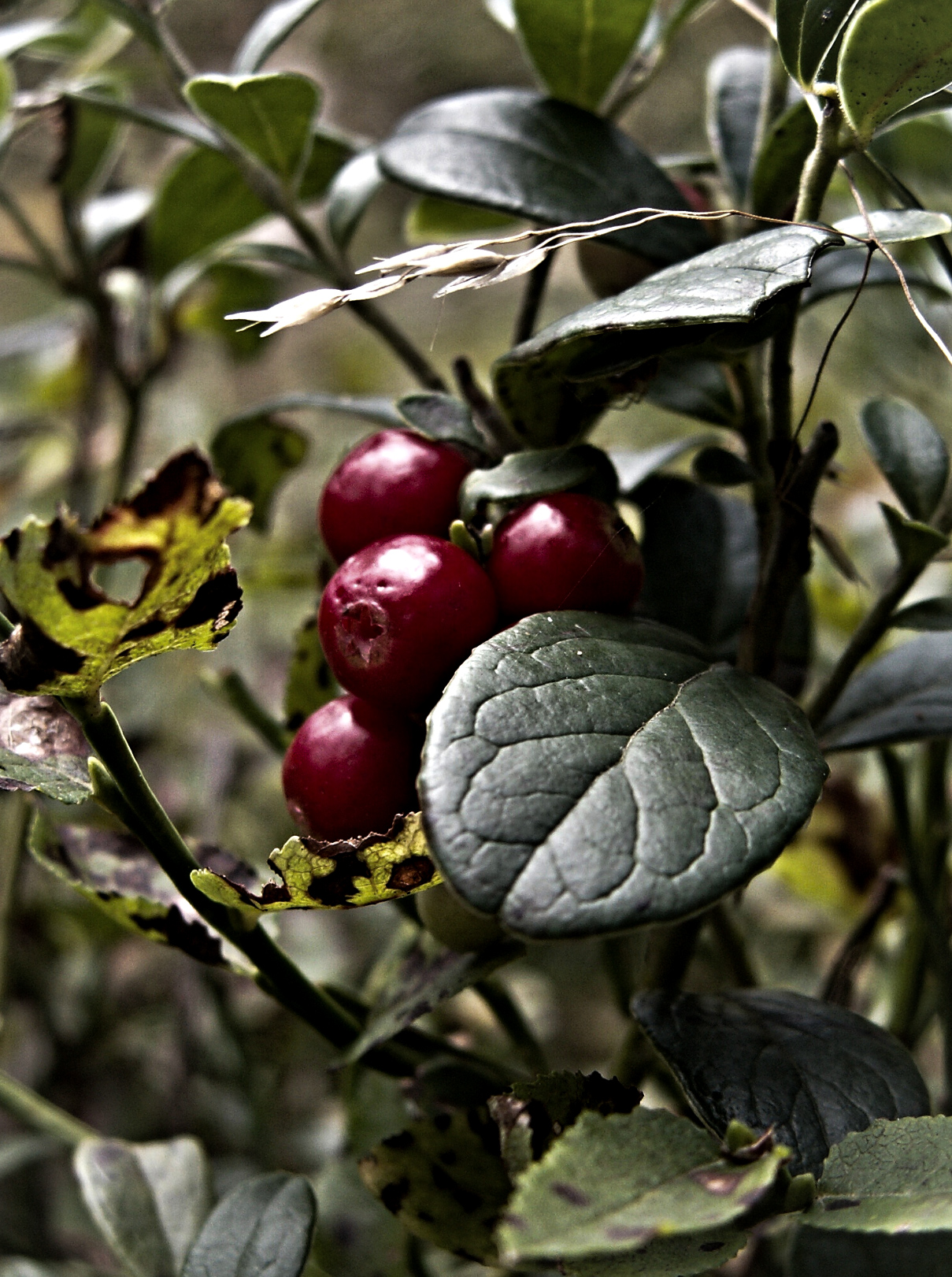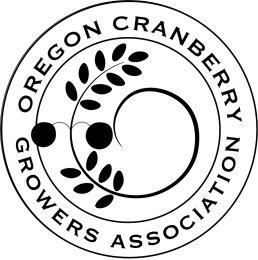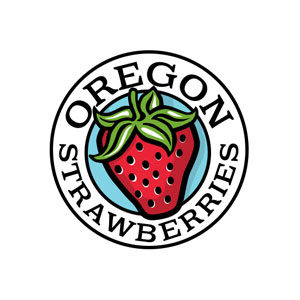Raspberry bushy dwarf virus (RBDV) in ‘Marion’ blackberry
- Research Status: Project completed 2000

Robert Martin
Bernadine C. Strik, Paul Kohnen



Isolate identification and collection – Leaf material was collected from a blackberry demonstration block at the North Willamette Research and Extension Center and tested for the presence of RBDV. Three commercial ‘Marion’ fields where RBDV had been found previously were sampled to identify individual plants that tested positive for RBDV. A blackberry sample from Arkansas that was positive for RBDV was obtained and included in the study as well. Nine different blackberry isolates were transmitted to Chenopodium quinoa (a host used for laboratory studies of many plant viruses that is easier to grow and work with in the greenhouse than blackberry). Three isolates from red raspberry as was an isolate of RBDV from Rubus multibracteatus from China were used in this study. Infected tissues were dried and stored at –20C for long term storage of virus cultures.
Cloning and sequencing of the RBDV isolates – Several methods were tried to clone and sequence the RBDV directly from the Rubus materials but the results were sporadic. Therefore, isolates were transferred to C. quinoa prior to cloning and sequencing. Total RNA was extracted from infected plants and used as template for reverse transcription-polymerase chain reaction (RT-PCR) to prepare DNA for cloning. The DNA was cloned into a suitable plasmid and sequenced. The coat protein and movement protein genes of each of the 13 isolates have been sequenced. The sequences were compared to the published sequences for the corresponding genes from the RB (resistance breaking), D (type) and M (black raspberry) strains of the virus. All 12 isolates sequenced from Oregon were identical at the protein level with the exception of one amino acid change in one isolate. There were several nucleotide changes that did not affect the amino acid sequence. The M strain only differed from the Oregon isolates by one amino acid. This isolate was originally collected in Oregon in the late 1960’s and has been maintained at the Scottish Crops Research Institute in Invergowrie Scotland since that time. The Oregon isolates differed from the European isolates by 3-5 amino acid changes. The isolate from China differed at 23 amino acid positions when compared to the Oregon isolates (Table 1). We have prepared monoclonal antibodies to the type and resistance breaking isolates in the past and these antibodies were not able to differentiate between the different European or North American isolate. One monoclonal antibody (RBDV-D1) did not recognize the China isolate but did recognize each of the other isolates in the study.
Lorem ipsum dolor sit amet, consetetur sadipscing elitr, sed diam nonumy eirmod tempor invidunt ut labore et dolore magna aliquyam erat, sed diam voluptua.
Lorem ipsum dolor sit amet, consetetur sadipscing elitr, sed diam nonumy eirmod tempor invidunt ut labore et dolore magna aliquyam erat, sed diam voluptua.
Lorem ipsum dolor sit amet, consetetur sadipscing elitr, sed diam nonumy eirmod tempor invidunt ut labore et dolore magna aliquyam erat, sed diam voluptua.
Lorem ipsum dolor sit amet, consetetur sadipscing elitr, sed diam nonumy eirmod tempor invidunt ut labore et dolore magna aliquyam erat, sed diam voluptua.
Lorem ipsum dolor sit amet, consetetur sadipscing elitr, sed diam nonumy eirmod tempor invidunt ut labore et dolore magna aliquyam erat, sed diam voluptua.













